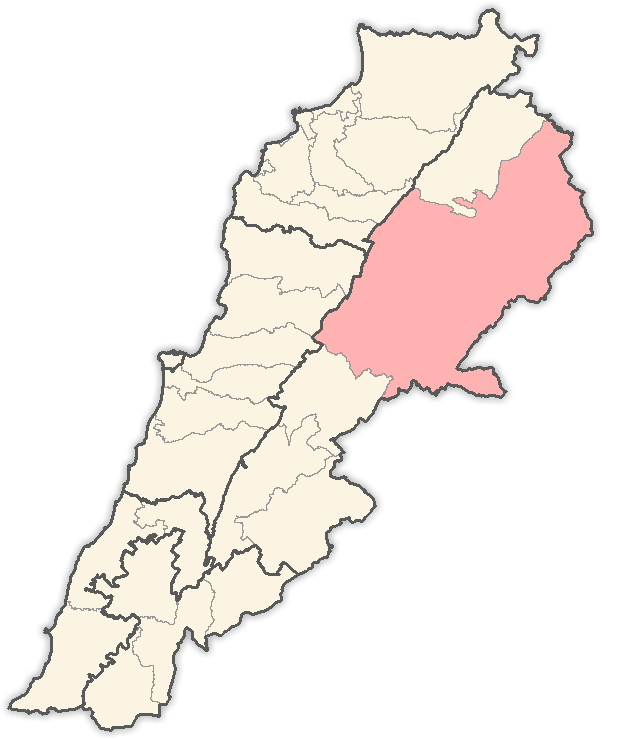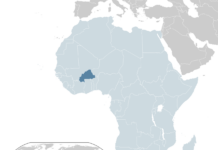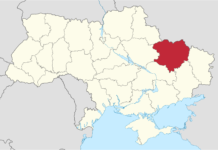Earlier today, Israel conducted air strikes in the eastern Lebanese city of Baalbek, targeting Hezbollah fighters, resulting in the deaths of at least two members of the militant group. This action is part of an escalating series of hostilities in the region, highlighting the ongoing conflict between Israel and Hezbollah, which has deep historical roots.
The air strikes in Baalbek are set against a larger context of conflict, characterized by an exchange of fire across the Lebanon-Israel border. In recent times, this confrontation has intensified, with Hezbollah launching attacks from Lebanese territory into Israel, prompting the Israeli military to respond with air strikes aimed at Hezbollah targets within Lebanon. This cycle of retaliation has led to both combatant and civilian casualties and has fueled concerns about the potential for a wider conflict.
The conflict has also witnessed a notable increase in the use of sophisticated weaponry, with Hezbollah deploying explosive drones and missiles against Israeli positions, while Israel has carried out comprehensive air strikes on Hezbollah’s infrastructure in Lebanese territory. These tactics indicate a shift in the dynamics of the conflict, with both parties employing advanced military strategies.
The violence has had a profound impact on civilian populations in the affected areas, resulting in casualties and damage to infrastructure. The international community, including entities such as the United Nations and the United States, has voiced concern over the escalation, urging both sides to exercise restraint and to engage in diplomatic efforts to address the underlying issues driving the conflict.
The recent events in Baalbek serve as a vivid illustration of the instability in the region and the ease with which tensions can flare into open conflict. The ongoing strife between Israel and Hezbollah reflects deeper geopolitical and sectarian divides in the Middle East, complicating efforts toward achieving a durable peace. As the situation continues to develop, there is a global focus on de-escalating tensions and preventing further violence.
The situation in Baalbek encapsulates the broader challenges confronting Lebanon and the region, showcasing the intricate web of local, regional, and international dynamics that perpetuate the conflict between Israel and Hezbollah. With ongoing exchanges of attacks, the threat of a more extensive conflict is ever-present, emphasizing the critical need for dialogue and diplomacy to tackle the root causes of the violence.
Location highlighted is where Baalbek is in Lebanon.
Image is in the public domain.










